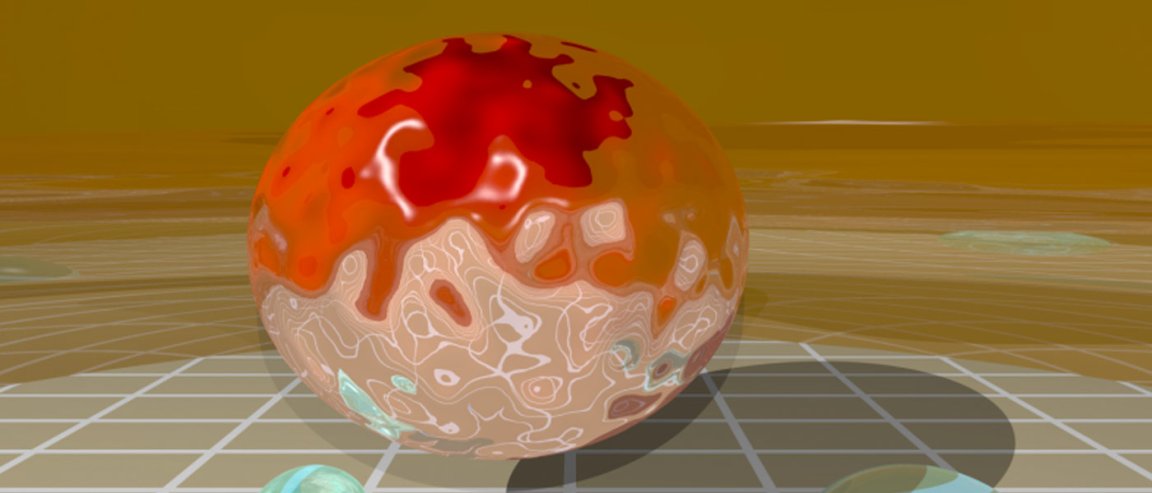
Binding Light
For something that seems so integral to our lives, we are still discovering many things about light. Its most fundamental properties still astound us, and its interactions with other particles are full of surprises. Case in point, scientists from the Imperial College in London seem to have just discovered a new form of light, one made by combining light with a single electron particle.
This new form of light carries properties of both particles.
Normally, light would interact with a huge number of electrons. But through the use of theoretical physics to model the behavior of the particles, and a kind of material called topological insulators, the scientists were able to have light interact with just one electron.
In short, a topological insulator creates a new kind of coupling that maintains characteristics of both of the aforementioned. You can learn more in the video below.

Multiple Blessings
The creation (or rather, discovery) of this new form of light is significant for a variety of reasons—notably, because this form is able to mix the best of both particles.
Normal electrons would stop and be unable to continue when there are imperfections in the surface that it is travelling on; however, this coupling allows the electron to bypass such defects and travel onward. This creates the possibility of more robust and less vulnerable circuits.
While currently still models, the leader of the research, Dr Vincenzo Giannini, believes that these interactions could be detected with current technologies. He also believes that the process of creation of these particles could be scaled up for easier viewing.
The study was published in Nature Communications.